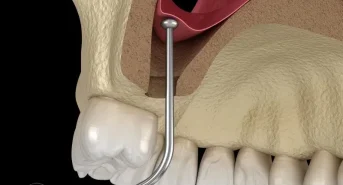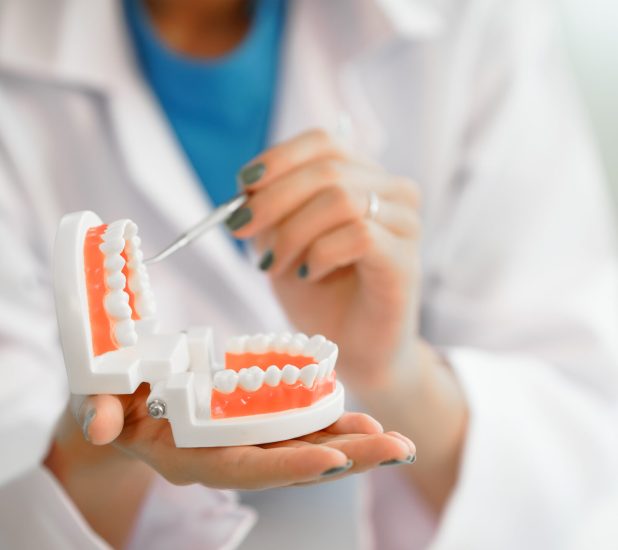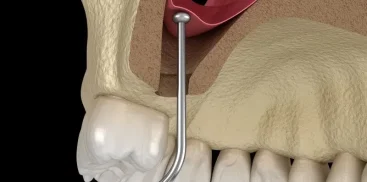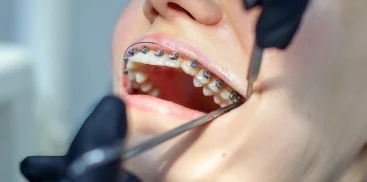Diastema – what is it?
Diastema refers to the gap between teeth, occurring when the space exceeds 0.5 mm. It is most commonly observed between the upper front teeth in both adults and children. There are several types of diastemas, differing in the arrangement of teeth relative to each other:
- Parallel diastema – when the teeth are aligned parallel to each other.
- Divergent diastema – when the lower tooth ends are apart, with roots close to each other.
- Convergent diastema – when the tooth crowns are inclined towards each other, with roots apart.
In terms of the cause, the following can be distinguished:
- Physiological diastema – usually occurring in children between the ages of 7 and 9 when baby teeth are replaced by permanent ones.
- True diastema – resulting from various factors such as an overgrowth of the labial frenulum, malocclusion, or missing teeth.
- Pseudo diastema – associated with the absence of lateral incisors, reduction in their size, or the presence of an extra tooth.
Discussing diastema is important for understanding issues related to dental alignment and making appropriate dental interventions.
How to effectively treat diastema between teeth – best methods for closing the gap
Treating diastema, or the gap between teeth, can be effective through various methods, depending on its cause. When opting for treatment, it is important to seek professional dental services where a dentist will choose the appropriate therapy, ensuring effectiveness and durability of the results.
Treatment of diastema often relies on orthodontic therapy, using fixed, removable, or clear aligners. This process may be time-consuming, but after its completion, it’s essential to maintain the achieved result through proper retention.
In the case of convergent diastema, therapy with fixed braces is the only effective treatment method. However, divergent diastema can also be corrected using removable orthodontic appliances. The final choice of treatment method depends on the size of the diastema and the patient’s age.
If the absence of one tooth is the cause of diastema, implantation may be an effective treatment option.
In cases of excessive tooth presence, extraction may be necessary before commencing orthodontic treatment.
Consultation with an experienced dentist will allow the selection of the most effective method for treating diastema, tailored to the individual needs of the patient.
Diastema – the value of treatment and health benefits
Diastema, or the gap between teeth, may be more than just an aesthetic flaw. Exceeding 2 mm in width, it is classified as a malocclusion, suggesting the need for treatment. This is not just a matter of appearance but also of oral health. It promotes the development of periodontal diseases and can impede proper pronunciation.
For some people, diastema is a source of complexes, while for others, it’s an element of their beauty. Some celebrities proudly showcase their smiles with visible gaps between teeth, while others opt for their removal.
Regardless of the decision, it’s important to remember oral health. Even a small diastema may require attention to prevent dental problems. Regular cleaning of interdental spaces and the use of dental floss are important for maintaining oral hygiene.
It’s also important to consult with an experienced dentist who can advise on the best steps to take. Treating diastema can improve not only the appearance of the smile but also oral health, providing greater confidence and communication comfort.
Gap between front teeth – charm or problem to solve?
People’s attitudes towards diastema can vary. For some, it’s a characteristic feature that adds charm to their smile, while others perceive it negatively. However, in some cases, diastema can be a significant malocclusion, requiring intervention. Removing diastema can be a matter of patient preference if it’s solely an aesthetic imperfection. However, for those who wish to eliminate this feature, there are effective solutions such as veneers or bonding, which can quickly and effectively correct this flaw.










